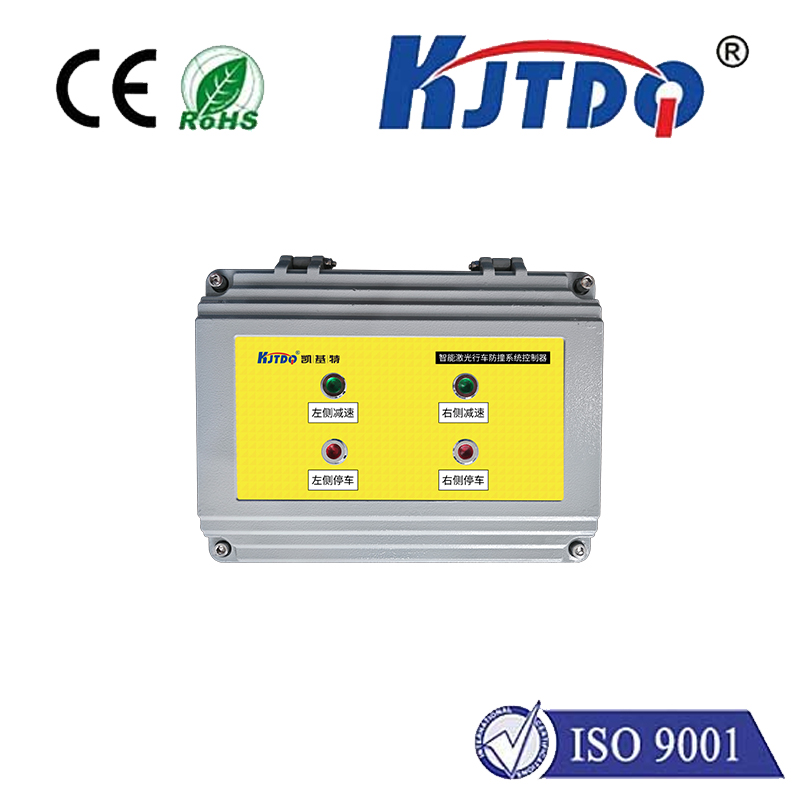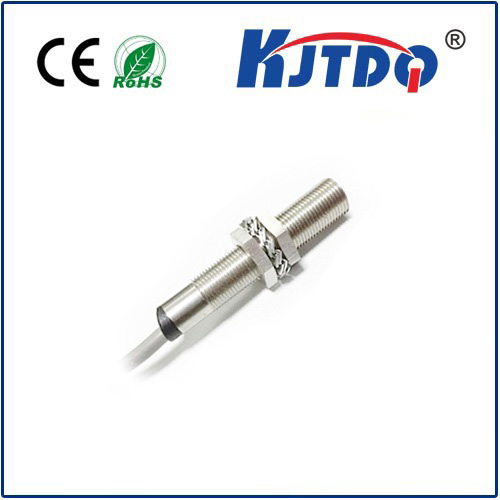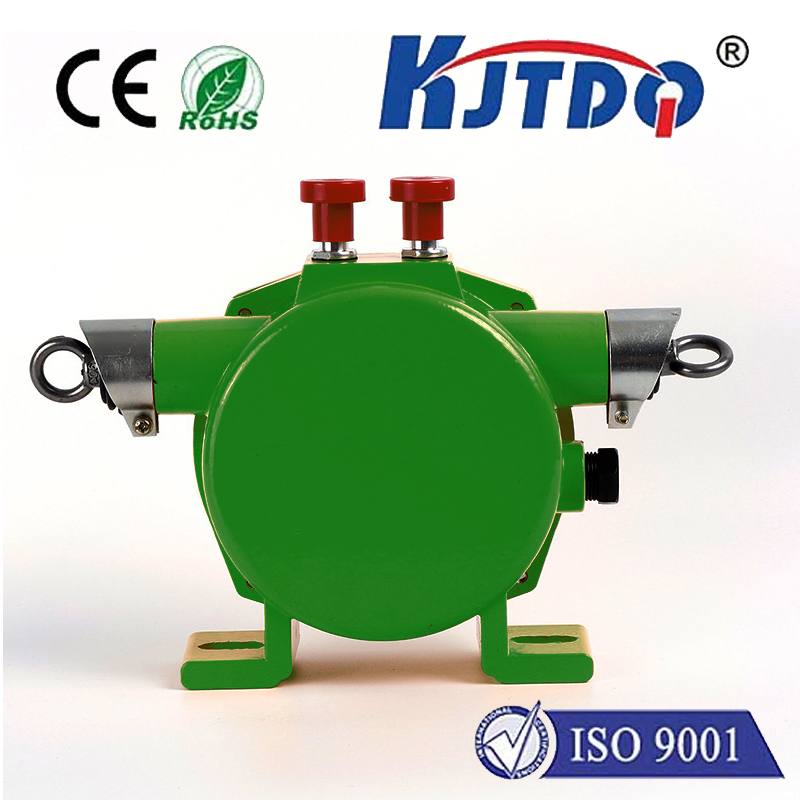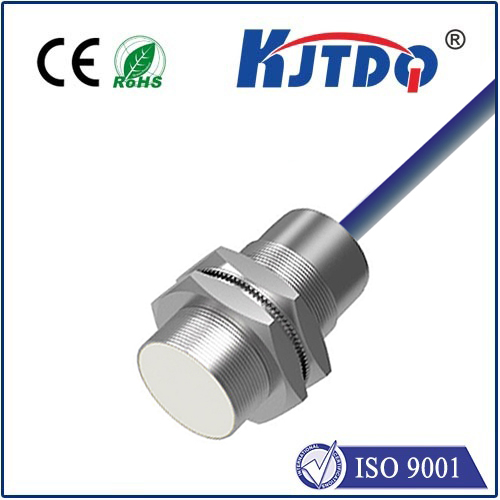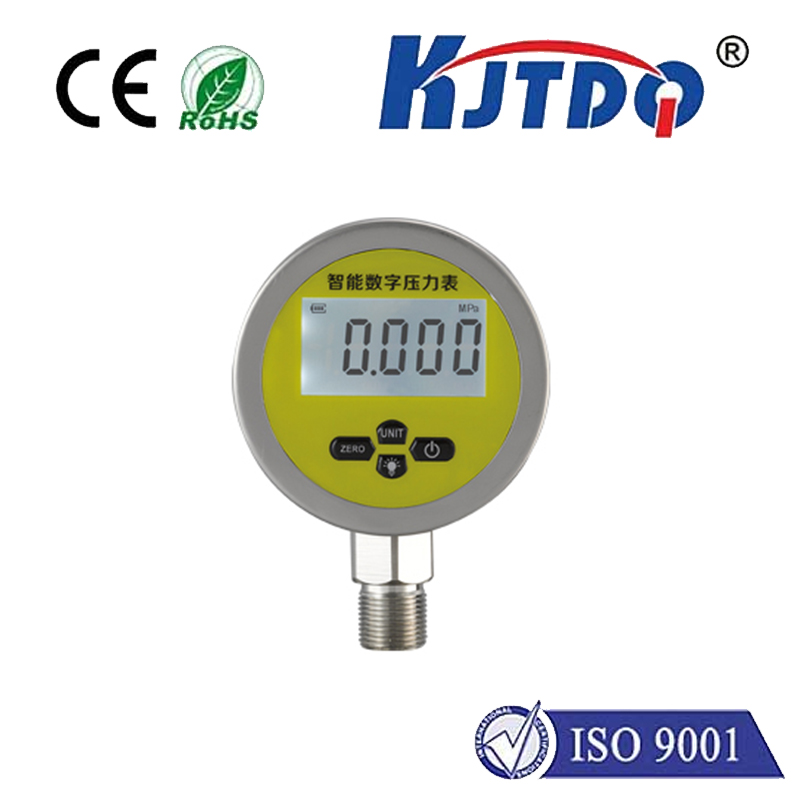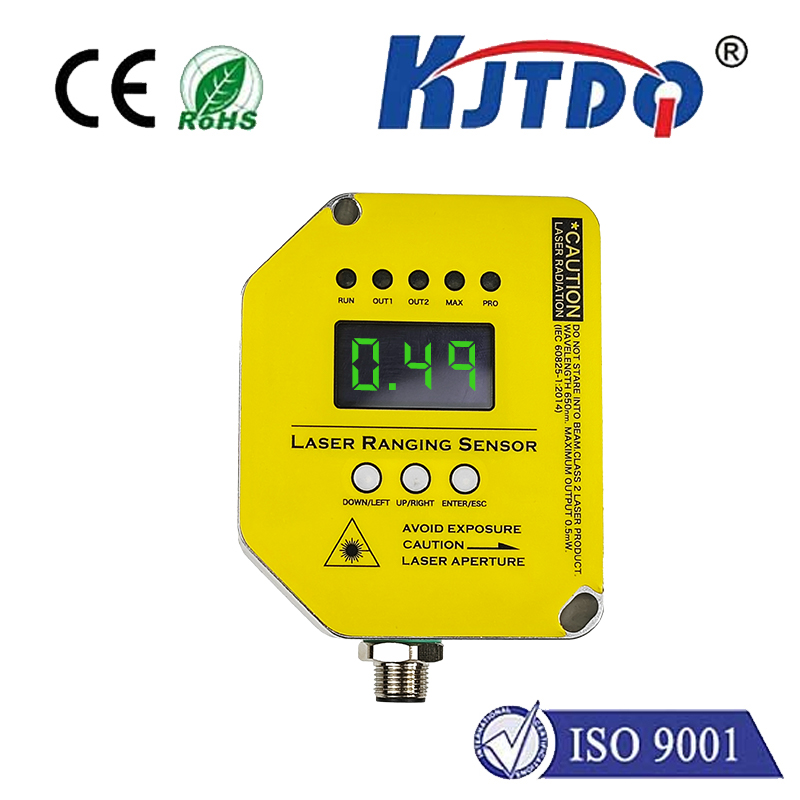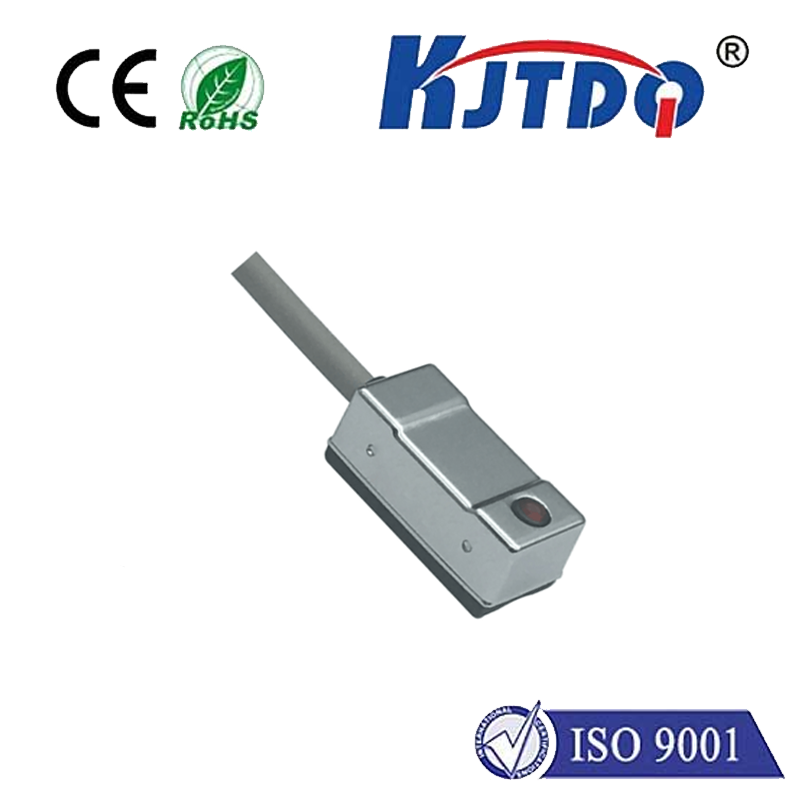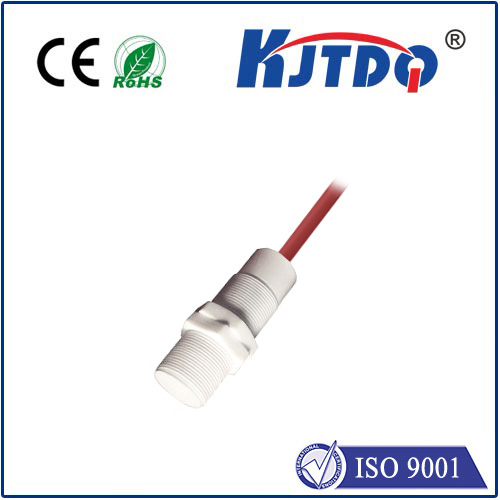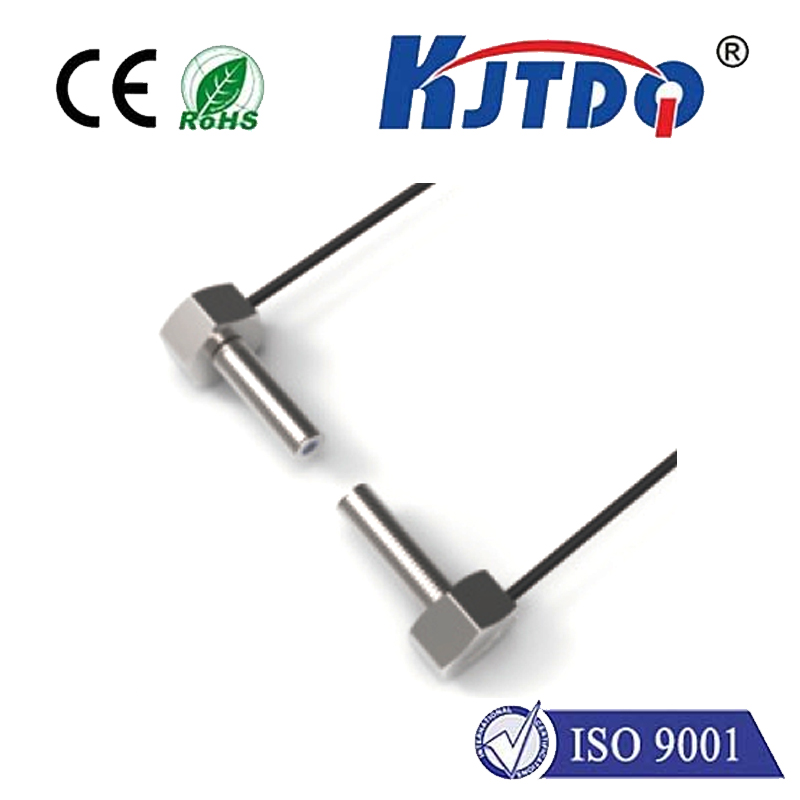limit switch roller arm
- time:2025-07-30 14:31:30
- Click:0
Limit Switch Roller Arms: The Unsung Heroes of Precise Machine Control
Ever pondered the silent sentinel that ensures your garage door doesn’t slam into the ceiling, or the critical component preventing an industrial robot arm from smashing past its safe boundary? Often overlooked but absolutely vital, the limit switch roller arm stands guard at the frontiers of mechanical movement. This seemingly simple lever mechanism is the primary point of contact, the tactile interface, between a machine’s motion and its electronic control system. Understanding its function, design nuances, and selection criteria is paramount for achieving reliable, safe, and repeatable operation across countless industrial and commercial applications. More than just a swinging lever, the roller arm is the key translator of physical force into precise electrical signals, dictating the very limits of a machine’s journey.
The Anatomy of Precision: Deconstructing the Roller Arm
At its core, a limit switch roller arm is a mechanical lever attached to the actuator mechanism of a limit switch. Its primary components include:
- The Arm (Lever): This is the main structural body, typically made from robust materials like stainless steel, zinc die-cast, or engineered plastics. Its length and shape determine the operating travel required to actuate the switch contacts.
- The Roller: Mounted at the free end of the arm, the roller is the element making direct contact with the moving target (like a cam, machine part, or door). Rollers are usually made from durable materials like nylon, acetal (Delrin®), stainless steel, or rubber-coated metal. Roller design is crucial, influencing friction, noise, wear resistance, and the smoothness of actuation. Common types include:
- Standard Roller: Single wheel.
- Forked Roller: Two rollers side-by-side, offering better stability and alignment on narrow cams.
- Wide Roller: Provides a larger contact surface for increased stability and wear resistance.
- Pivot Point: The axis around which the arm rotates, usually incorporating bearings or bushings to ensure smooth, low-friction movement and long operational life.
- Return Spring: Inside the switch housing, a spring provides the force to return the arm (and the switch’s internal contacts) to its normal position once the actuating force is removed. The spring force also determines the minimum force required to actuate the switch (operating force).
The Critical Function: Defining Boundaries and Enabling Control

The roller arm’s fundamental job is to convert mechanical motion into an electrical signal. Here’s the sequence:
- Engagement: As the machine component (e.g., a cam, carriage, or door) moves along its path, it makes physical contact with the limit switch roller arm.
- Deflection: The force applied by the moving part pushes against the roller, causing the arm to pivot around its axis.
- Actuation: This pivoting motion is transferred internally to the switch mechanism. Once the arm moves a specific distance (the pretravel), it overcomes the spring force and mechanical resistance inside the switch, causing the switch contacts to rapidly change state – typically opening (NC) or closing (NO).
- Signal Generation: This change in contact state sends a crucial signal to the machine’s control system (PLC, relay, motor controller). This signal tells the control system: “The target object has reached this specific point.” This information is used to:
- Stop Motion: Prevent overtravel (e.g., stopping an elevator at the correct floor).
- Initiate Action: Start a new sequence (e.g., reversing a conveyor direction).
- Provide Position Feedback: Confirm a component is in the expected location.
- Trigger Safety Functions: Halt operation if a guard is open.
- Reset: As the machine component moves away, the return spring pulls the roller arm back to its normal position, resetting the switch contacts.
Choosing the Right Roller Arm: It’s Not Just a Lever
Selecting the optimal roller arm limit switch configuration is critical for performance and longevity. Key factors include:
- Actuator Type: Roller arms are part of lever actuator switches. Consider if a roller lever is truly needed versus alternatives like a plunger-style limit switch:
- Roller Lever: Ideal for sweeping motions, moving objects like cams or product edges. Excellent for high-speed applications, providing a rolling rather than sliding friction.
- Plunger: Better suited for direct, straight-line actuation where precise point detection is needed.
- Roller Material and Design:
- Nylon/Plastic: Low noise, good chemical resistance, cost-effective. Suitable for moderate loads and speeds.
- Stainless Steel: High strength, excellent wear resistance, suitable for high-load or high-temperature environments.
- Rubber-Coated: Provides cushioning and higher friction for specific applications.
- Forked/Wide Roller: Choose for stability on narrow targets or where slight misalignment is possible.
- Operating Force and Pretravel: The force required to actuate the switch (operating force) depends on the arm length and spring tension. Shorter arms require more force but offer shorter pretravel. Matching the mechanical force available from the actuating object is essential.
- Angle of Approach: How will the moving object contact the roller? Designs often accommodate oblique angles, but optimizing the approach angle minimizes wear and ensures reliable actuation. Some arms offer adjustable mounting angles.
- Environmental Conditions: Exposure to chemicals, moisture, extreme temperatures, dust, or impact will dictate material choices (stainless steel arm/roller for harsh environments) and potentially the need for sealed switch housings.
- Required Travel: The distance the roller moves before actuation. Defined by lever arm length and geometry.
Maximizing Reliability: Installation and Maintenance Insights
Even the best limit switch roller arm needs proper setup to perform flawlessly:
- Precise Positioning: Ensure the switch is mounted rigidly so that the actuating target contacts the center of the roller within the specified angle tolerance. Misalignment causes uneven wear and premature failure.
- Avoid Over-Travel: While the roller arm provides some overtravel protection for the switch mechanism, excessive deflection can damage the arm, bend the pivot, or strain internal components. Use mechanical stops on the machine itself if massive forces are possible.
- Regular Inspection: Periodically check for:
- Wear: Inspect the roller surface for flat spots, cracking, or excessive wear grooves. Replace worn rollers.
- Smooth Operation: Ensure the arm pivots freely without binding or excessive friction. Clean away debris.
- Spring Tension: Verify the arm returns crisply and completely to its rest position.
- Mounting Security: Check that mounting bolts/nuts haven’t loosened due to vibration.
- Lubrication (with Caution): Only lubricate if specified by the manufacturer, and use only recommended lubricants. Many modern switches and rollers are designed for lubrication-free operation. Improper lubrication can attract dust and cause binding.
Essential Components, Essential Applications
Their importance transcends their simple appearance. Without a properly functioning roller arm limit switch, precision control, safety interlocks, and automated sequences would falter. From the micro-switches controlling home appliances (washer lids, microwave doors) to the heavy-duty models guarding massive presses and robotic cells, the roller arm is the reliable intermediary. It’s the faithful component that consistently translates a physical “here” into an electrical “now”. Understanding its role, selecting the appropriate configuration for the task, and installing/maintaining it correctly are fundamental engineering practices for ensuring machine safety, efficiency, and uptime. The next time you witness a machine stopping precisely on cue, remember the small roller






